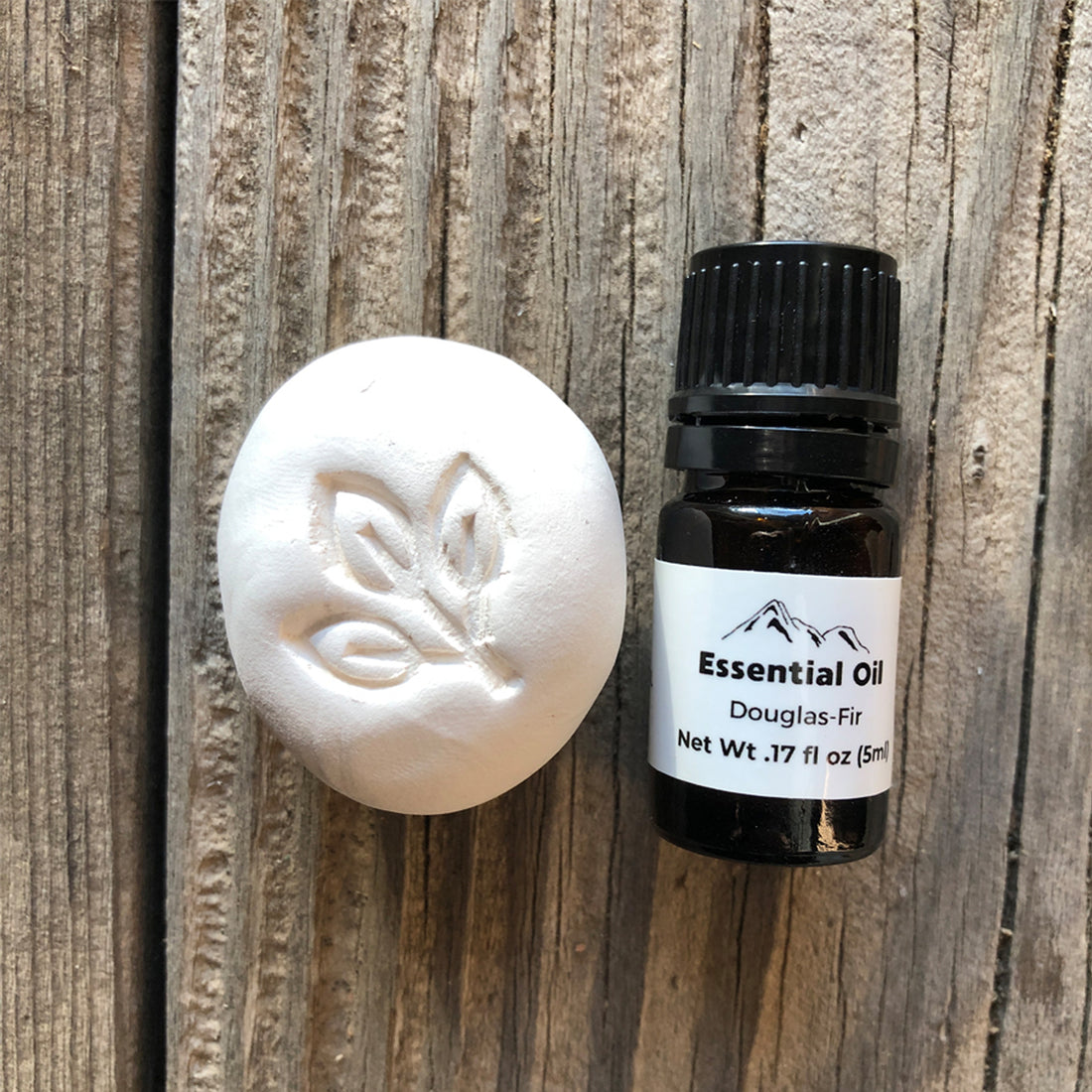
How To Use Essential Oils
Share
There are many ways to improve your life with essential oils. The main applications are inhalation/diffusion and topically.
Inhalation
The sense of smell can elicit some very powerful emotional responses. Smelling the aroma reaches the olfactory nerves and sends messages to the brain. Essential oils can be uplifting, invigorating or calming.
Inhalation is the easiest way to use essential oils. There is no special equipment needed. Open the bottle and inhale the aroma straight from it. Or place a drop on a cotton ball and simply inhale. You can place the cotton ball in the air vents of your car. Sometimes I will place one drop on my shirt sleeve, shirt collar or on the corner of my pillowcase. You can add essential oils to homemade dryer sheets or in household cleaners.
Diffusion
Diffusion releases essential oils into the air. The aroma is diluted and is extended for longer periods of time. You can use vaporizers, diffusers, air fresheners, or room sprays. Typically, the application combines water along with several drops of essential oils.
Topical
Essential oils are absorbed into the skin through different products such as massage oils, creams, moisturizers, and roll-ons. Because essential oils are concentrated, they should be diluted with a carrier such as oil before being applied to the skin. Essential oils are beneficial for promoting healthy-looking skin.

How to dilute essential oils
A general rule is 1-3% depending on the strength of the essential oil, and the person you are using it on. You can use the following guide.
| Children, Elderly, Pregnant | 1% dilution | 5-6 drops per 1 fl oz (30ml) carrier oil |
|
Healthy Adults |
2% dilution |
10-12 drops per 1 fl oz (30ml) carrier oil |
|
Specific uses (short term) |
3% dilution |
15-18 drops in 1 fl oz (30 ml) carrier oil |
When you begin, start with a lower rate, do a patch test and watch for reactions such as redness and itching. If reaction occurs, wash the area for 10-15 minutes with soap and water.
